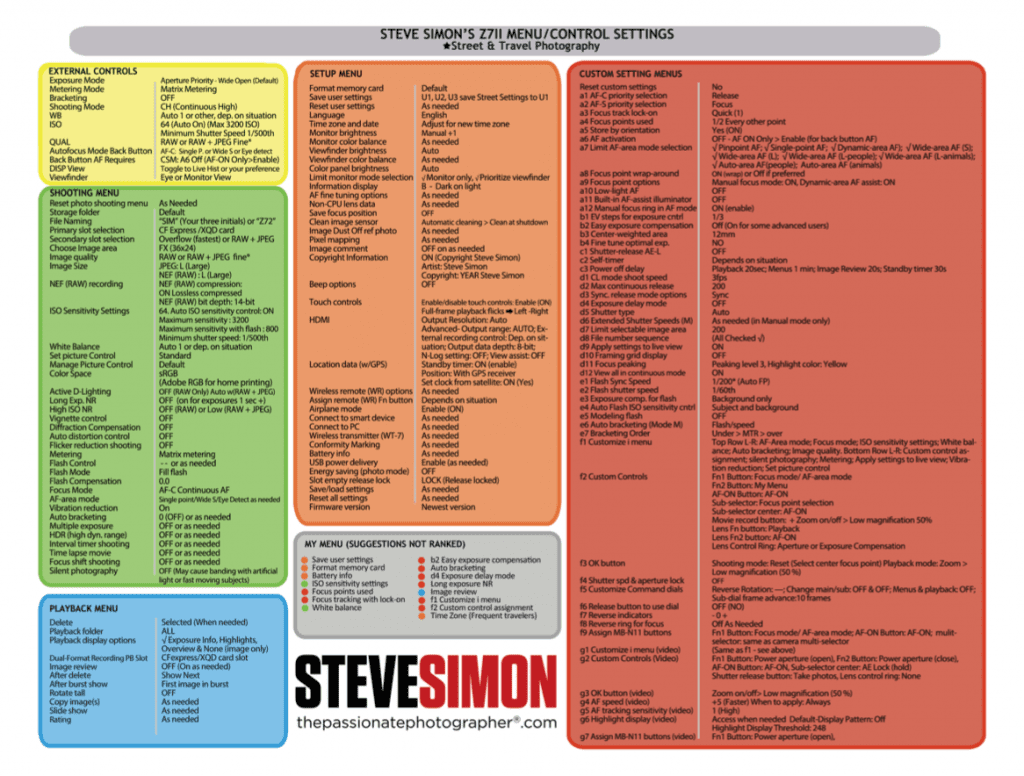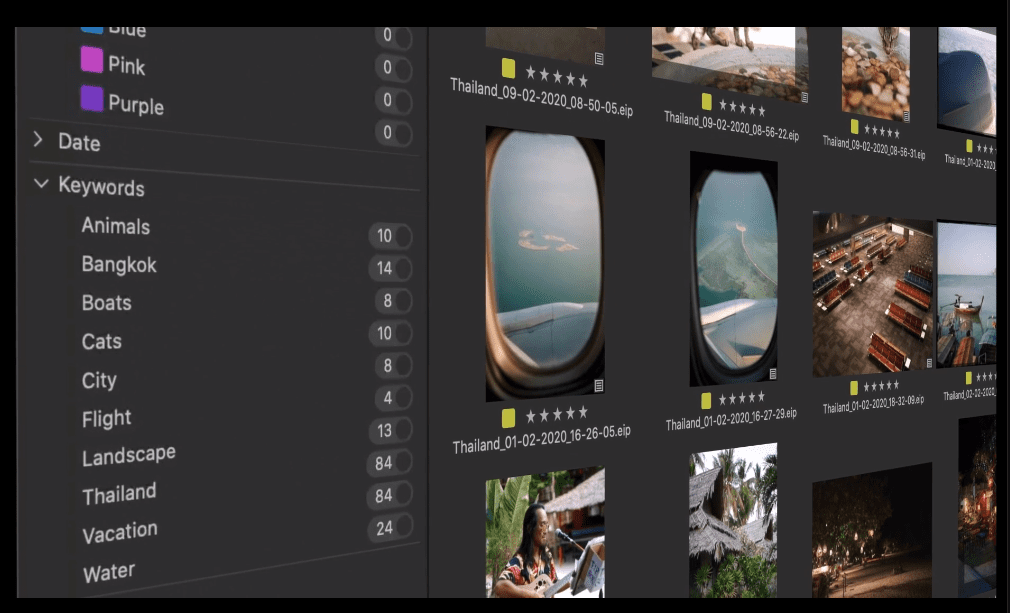
Dear Steve:
I noticed you used the 24-85mm AF-S G lens in your Auto ISO article, I’m curious how you like that lens. I use a D750 with the 24/35/85mm 1.8G primes and the 24-85mm would be about the same size as those primes and provide nice convenience I think for travel. I’m wondering how you like the image quality of that lens?
Lately I’ve been having a love-affair with my primes–loving the bokeh and that they force me to move around as I do the compositional dance to arrive at my most effective framing position. But you are right. If I’m in a situation where I have to keep it light or am going out for an afternoon and want to bring just one lens, the 24-85mm is perfect, especially in low light but surprisingly practical in darker light as with the shoemaker above in Havana. I’m luck enough to also own the amazing 24-70mm f2.8 G VR, which is three times the price and a lot heavier. Sometimes it’s too much lens to lug around. I think that there are two schools of photographer. Those that obsess over the technical–pixel peeping and searching for the ultimate sharp lens. Then there are those more concerned with the photographs. For me it’s about does the lens deliver beautiful images that are sharp and communicate image content and not some technical shortcoming. I was (somewhat surprisingly) thrilled with the take from this lens.
Also…I’m really enjoying shooting in your suggested A-Mode with Auto ISO (I use a min. shutter speed of 1/200…but I vary it depending on the subject). My question is in regards to Easy Exposure Compensation, do you have it set for On, or the “reset” setting where it goes back to zero after the standby timer expires. I would sure enjoy an article on exposure compensation, I’m sensing that it is an essential component for capturing properly exposed images.
I have Easy Exposure Compensation set to “ON” rather than “Reset” because practically I’ve been using it long enough so that I “check-in” often to make sure it’s set where I want it to be. With “On (Auto Reset)” it’s great because when the camera meter times out or you turn the camera off, any exposure compensation set goes back to zero. It’s just that when I’m out shooting, if I’m in a lighting situation for long periods of time I want to maintain the exposure compensation to whatever delivers the best exposure. When it times out I might forget to put it back to where I need it. Reset is good for those new to Easy Exposure Compensation and when you’re comfortable you can move it to ON exclusively. Make sense?
My other question related to exposure compensation is which metering do you use with it, center-weighted? Thanks, and have a great weekend.
Steve Wantz
I keep it on Matrix most of the time. The only time I might change to center-weighted is with portrait work, especially the back lit variety.
Thanks for the great questions!
More fun with the 24-85mm AF-S G lens…see it in the GEAR section by clicking here.













Thanks for the great response to my question. I’m working hard to avoid that B&H link for that 24-85mm, haha…beautiful images you shared! Under the category of “if you give a mouse a cookie…he’ll want a glass of milk” I have another question. I’m enjoying very much shooting with: A Mode/AutoISO/back-button focus/easy exposure compensation/matrix metering. My last piece of the puzzle is this: I’m a JPEG shooter (i.e. not a pixel peeper as you described above) and like to spend the minimum amount of time on the computer with post-processing. Anyhow, my question is whether you have thoughts regarding Active D-Lighting set to AUTO when shooting JPEGS only? Or is it better to leave it off, and manually set exposure compensation? Or perhaps use both together? Thanks!
You’re welcome Steve. I think Active D is great thing for JPEGS…with JPEGS it works much like the shadow highlight slider in many post-processors. It will hold back and slightly underexpose highlight areas while lightening shadows in high contrast scenes. The Auto setting lets the Nikon engineers figure out how high contrasty a scene is and apply the right amount of Active D Light treatment to bake into the JPEG. Definitely a good thing with JPEGS and not the same as exposure compensation which is a global brightening or darkening of the scene.